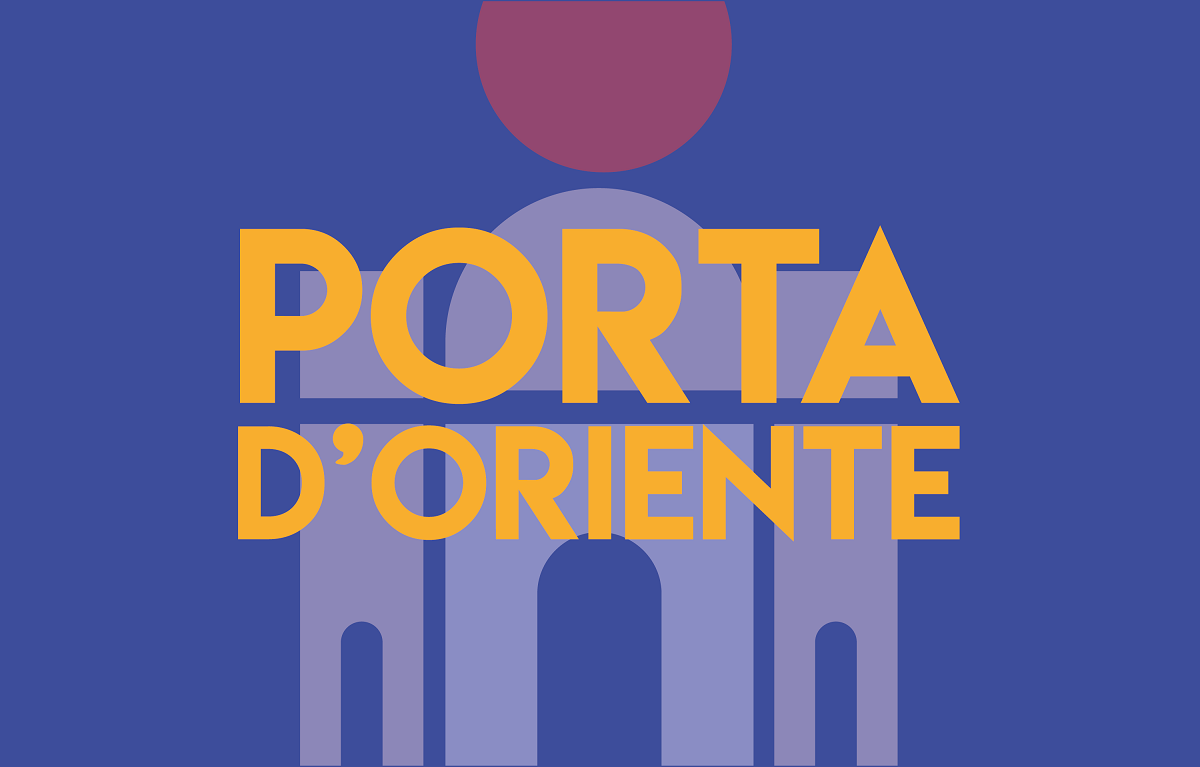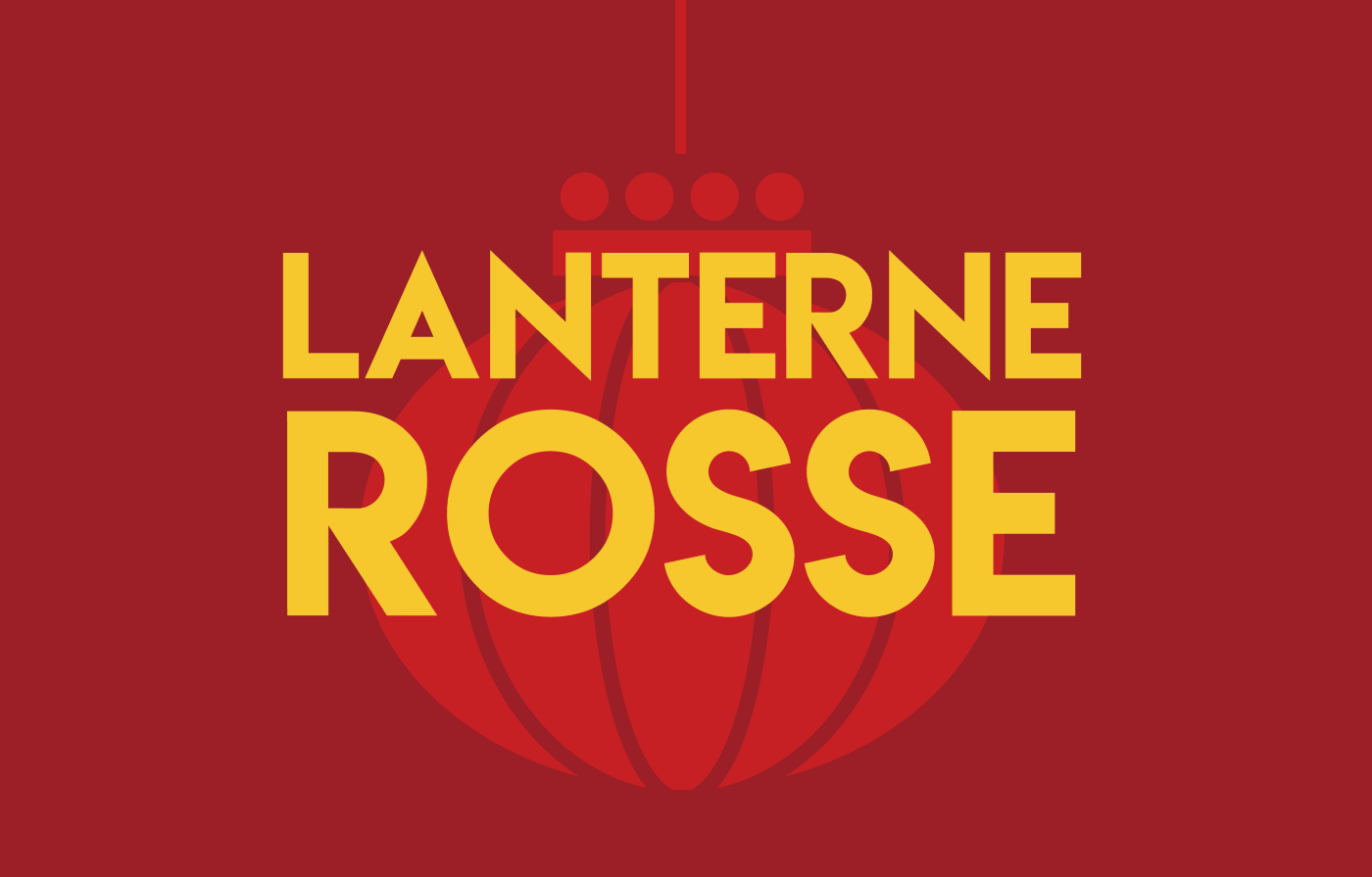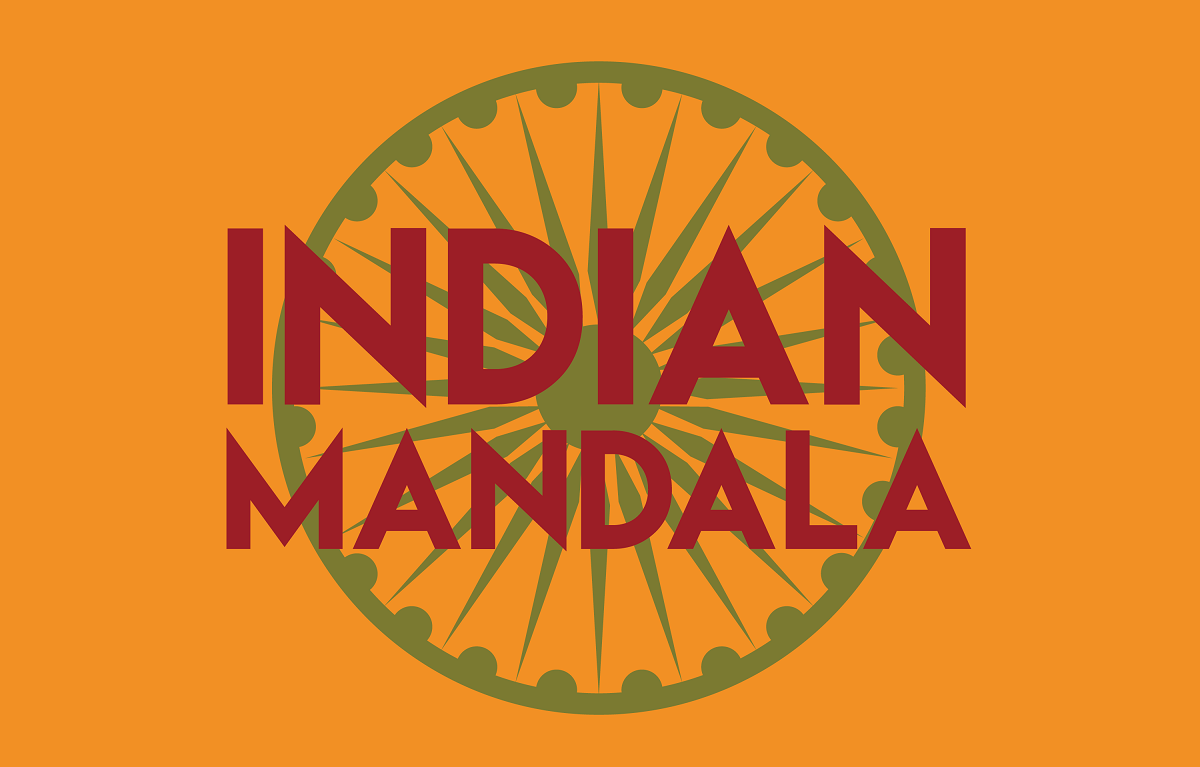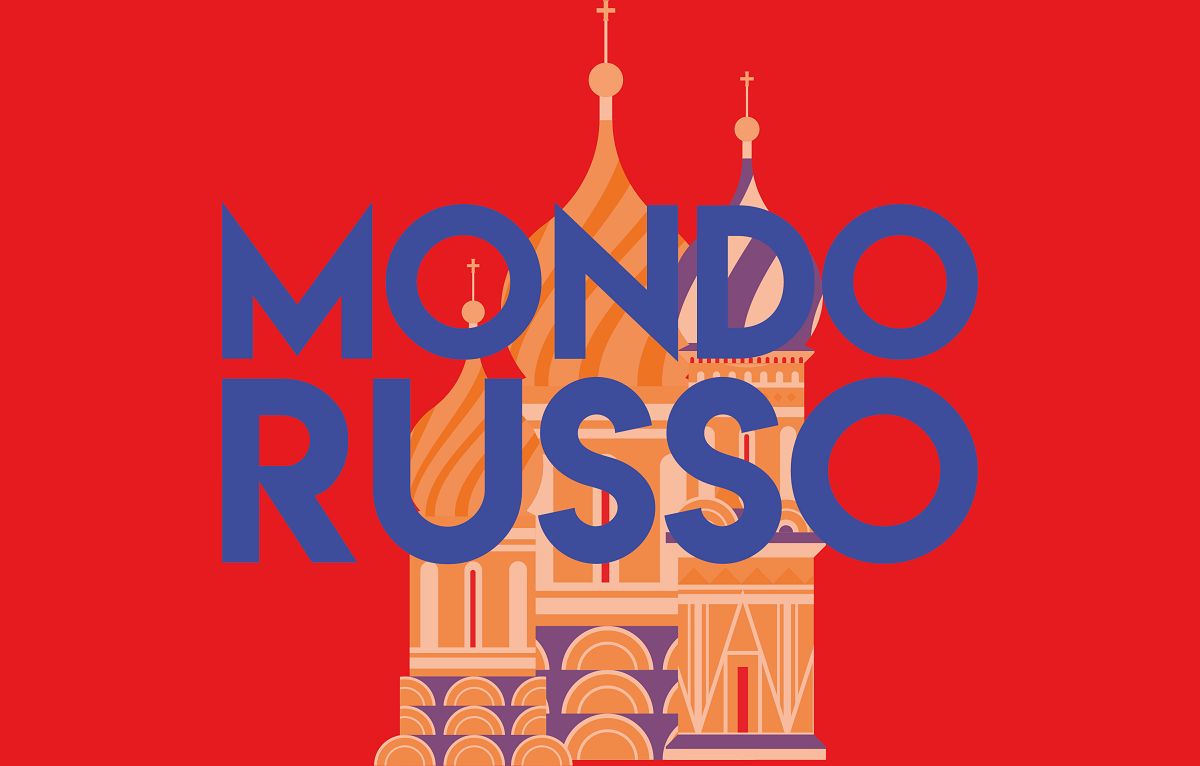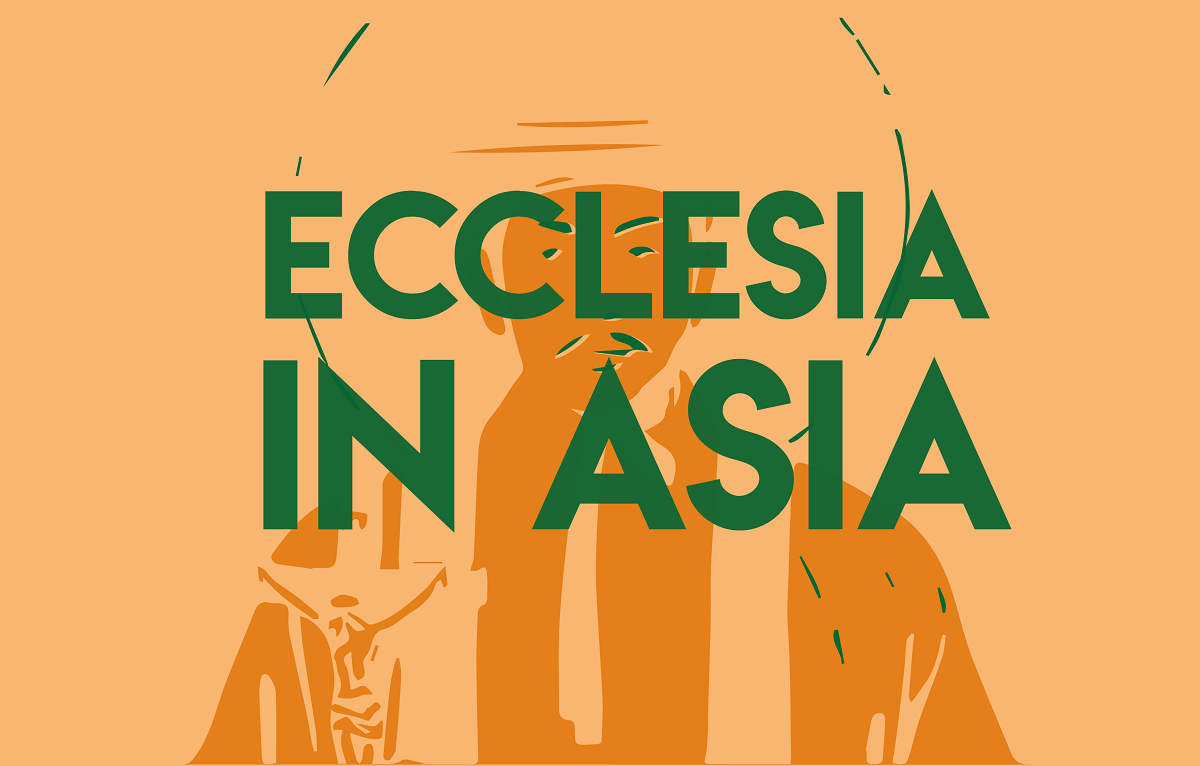Kyrgyzstan bans Niqab
With a decree issued by President Žaparov, a law has come into force banning clothes that entirely cover women's bodies and even their faces. The controversy over traditional Muslim clothing and men's long beards has long been the focus of much debate in a region where secular governments are trying hard to curb the drift towards radical Islam.
Bishkek (AsiaNews) - As of February 1, a ban on wearing any kind of Niqab, the clothes that cover the entire body and even the face, in particular the Parandža, which in Arabic is called the Burka, came into effect in Kyrgyzstan.
The measure does not extend to the Khidžab, the headscarf without concealing the face, which is not allowed in all other Central Asian countries, at least in schools and public offices. Now simply appearing in a public place wearing the Niqab carries a fine of 20,000 som, about 230 dollars.
The controversy over traditional Muslim women's clothing, and men's long beards, has long been the focus of much debate in this region of the world, where secular governments are trying hard to curb the drift towards radical Islam.
Kyrgyz deputies of Žogorku Keneš have been very insistent on the necessity of these bans for security reasons, so that people can be identified by seeing their faces. Opponents of these measures claim that they are injuries to the rights of women, who should be free to choose how they dress.
The ban was included in the amendments to the law on religious freedom, and was signed by President Sadyr Žaparov on 21 January. In it, Parandža is not explicitly mentioned, but the obligation to identify oneself is explicitly mentioned, excluding the need to cover oneself for professional or health reasons.
On the other hand, a number of MPs have spoken out on the Khidžab, such as the speaker of parliament Nurlanbek Šakiev, according to whom ‘our mothers and sisters have always worn the veil on their heads and around their necks, it is part of our tradition and our religion’.
The campaign against the Niqab was explicitly initiated by MP Šarapatkan Mažitova in 2023, after a visit to the Oš region in the south of the country, where she was shocked by the large number of women wearing the Parandža.
She also spoke in parliament against men's ‘bulky beards’, an obvious symbol of ‘religious conservatism’, calling on everyone to react against these ‘threats to our security’.
Urged by state bodies, members of the religious administration of the Muslims of Kyrgyzstan affirmed that ‘women are not obliged to wear the Niqab’ according to the canons of the Islamic religion, which allow ‘the hands, soles of the feet and face to be left uncovered from the hairline to the neck’.
Those who criticise the bans believe that these restrictions lead to the marginalisation and isolation of women who prefer the Parandža, and so will no longer be able to walk the streets.
A 38-year-old woman from the southern village of Kara-Suu, a mother of two children, anonymously told reporters from Azattyk that she wears the Niqab at the request of her husband, who has moved to Russia for work, and now says that ‘I don't know how he will react when he comes home, and since I read about the ban I try to leave the house as little as possible, covering my face with a sanitary mask’.
In Tajikistan, Turkmenistan and Uzbekistan, law enforcement officials control people in the street, forcing them to shave their beards in public and forcing over-covered women to return home or uncover their faces.
In Turkmenistan, there is actually no explicit ban on the Niqab, but there is an obligation to wear ‘national dress’ at work and in public activities, bridging religious traditions with civil ones.
In Tajikistan, too, there is an obligation not to wear clothes that are ‘unrelated’ to national traditions, and there is no shortage of debate in Dushanbe, either, as to what actually constitutes traditional dress.
01/06/2018 10:34
08/11/2021 10:24





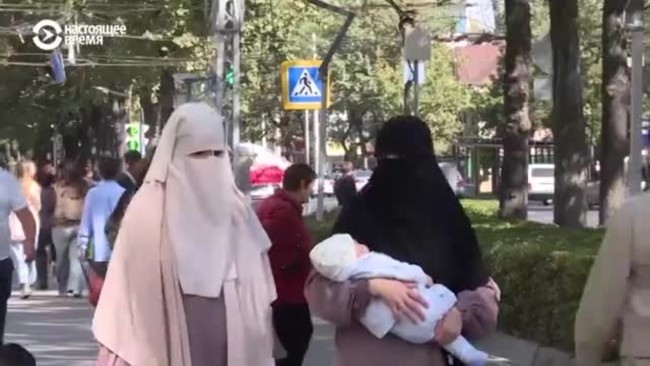

.png)
